In January 1920, the 18th Amendment to the U.S. Constitution went into effect, making the manufacture, sale, and transportation of alcoholic beverages illegal. In New York City, this law did not stop people from drinking. Instead, it drove the entire alcohol industry underground and created a new, hidden social landscape.
The Speakeasy Scene
Within months of Prohibition’s start, thousands of illegal bars known as speakeasies opened across the city. These hidden establishments ranged from small, dirty rooms in tenement basements to glamorous clubs run by organized crime figures. To get in, a person needed to know the secret location and often a password. Entrances were disguised as ordinary businesses, such as laundries, flower shops, or even funeral homes. A small, sliding peephole in the door allowed a bouncer to verify who was trying to enter.
Inside, the atmosphere was electric. Patrons listened to live jazz music, danced the Charleston, and mingled with people from different social classes. Famous speakeasies like the 21 Club on West 52nd Street became legendary. It had a secret wine cellar hidden behind a false wall and a system of levers that could tip shelves and dump illegal liquor into the city’s sewer system during a police raid. Another famous spot was the El Fey Club, run by the flamboyant hostess Texas Guinan, who greeted customers with her famous catchphrase, “Hello, Sucker!”
Read more
Bootleggers, Rumrunners, and Gangsters
The enormous demand for illegal alcohol created a massive criminal enterprise. Bootleggers smuggled liquor into the city from various sources. High-speed boats met up with larger ships anchored in international waters just off the coast, an area known as “Rum Row,” to bring whiskey and rum ashore. Other bootleggers transported alcohol over the Canadian border.
This hugely profitable trade was controlled by organized crime syndicates. Gangsters like Arnold Rothstein, Lucky Luciano, and Owney Madden took over the distribution networks. They either opened their own speakeasies or forced existing bar owners to buy their liquor. This competition for control of the illegal alcohol market led to violent turf wars and public shootouts on the city’s streets.
The Challenge of Enforcement
The federal government tasked a small number of Prohibition agents with shutting down the illegal liquor trade in the city. Two of the most famous agents were Izzy Einstein and Moe Smith. They were known for using creative disguises—posing as gravediggers, fishermen, or football players—to gain entry into speakeasies before raiding them. Together, they made thousands of arrests.
However, their efforts were a small exception in a system of widespread corruption. Gangsters paid enormous bribes to police officers, judges, and politicians to ensure they would not interfere with their operations. Raids often happened only after a club owner had been tipped off, allowing them time to hide their supply of alcohol. This corruption made genuine enforcement of the Prohibition laws nearly impossible across the five boroughs.



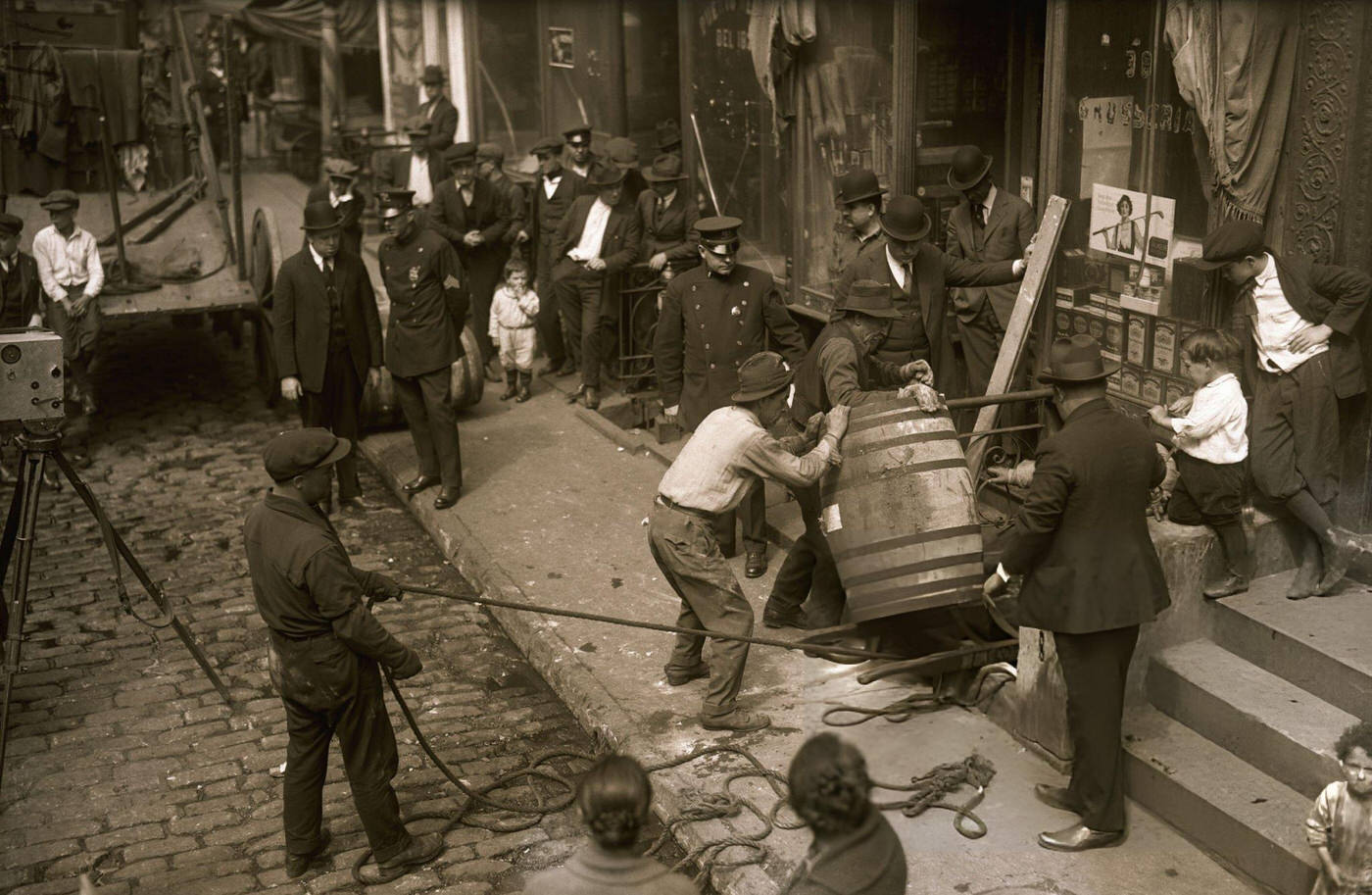
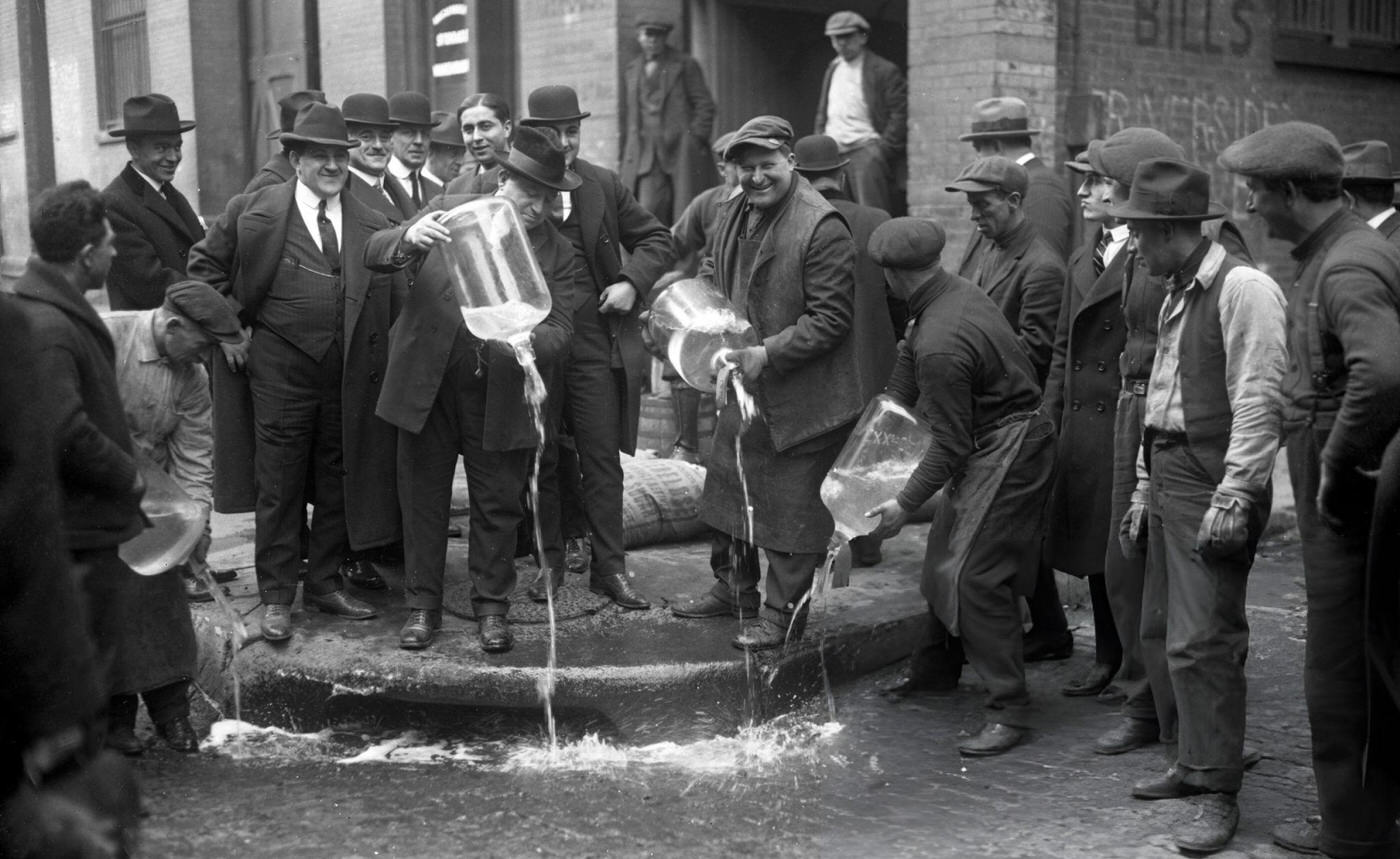
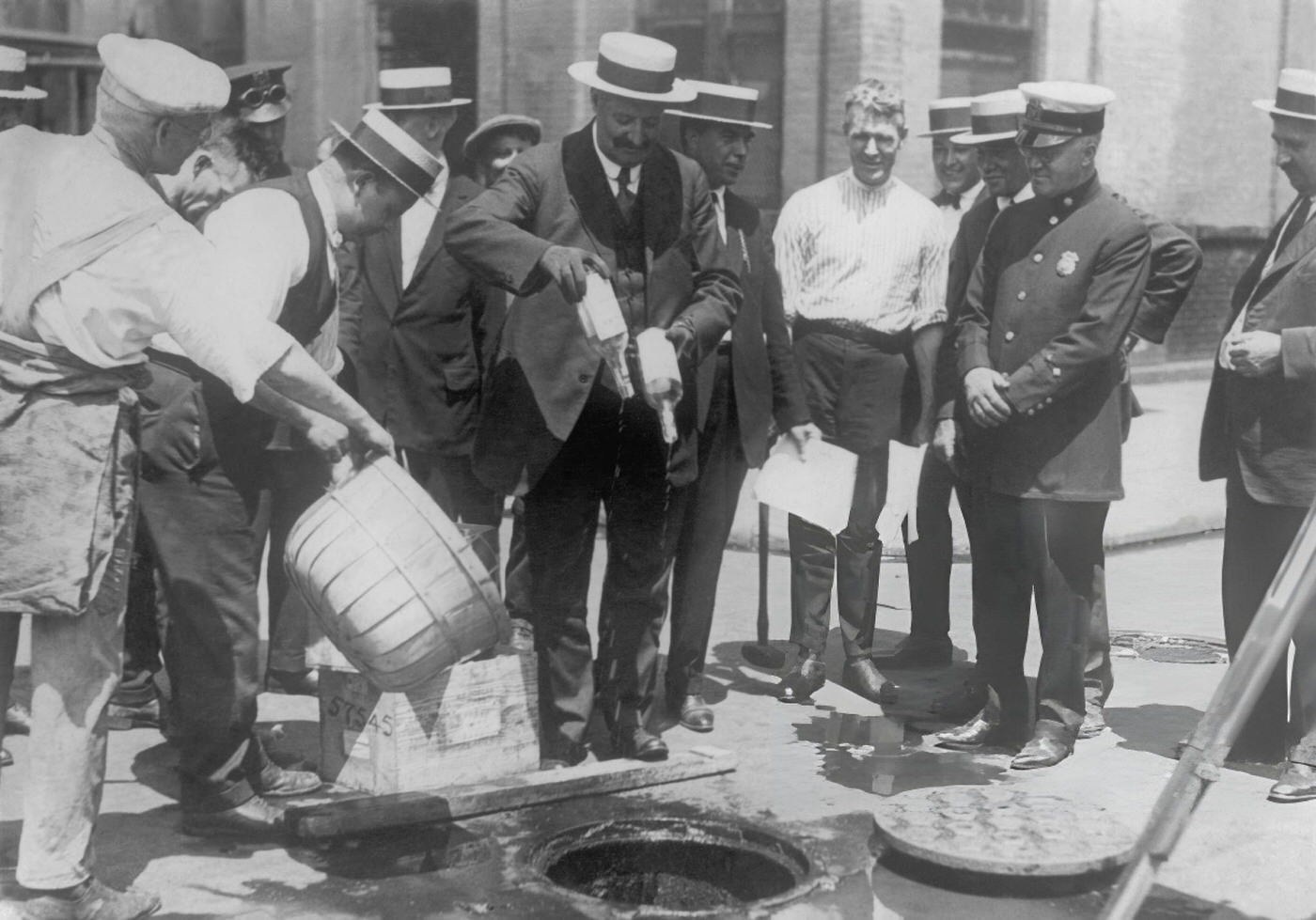
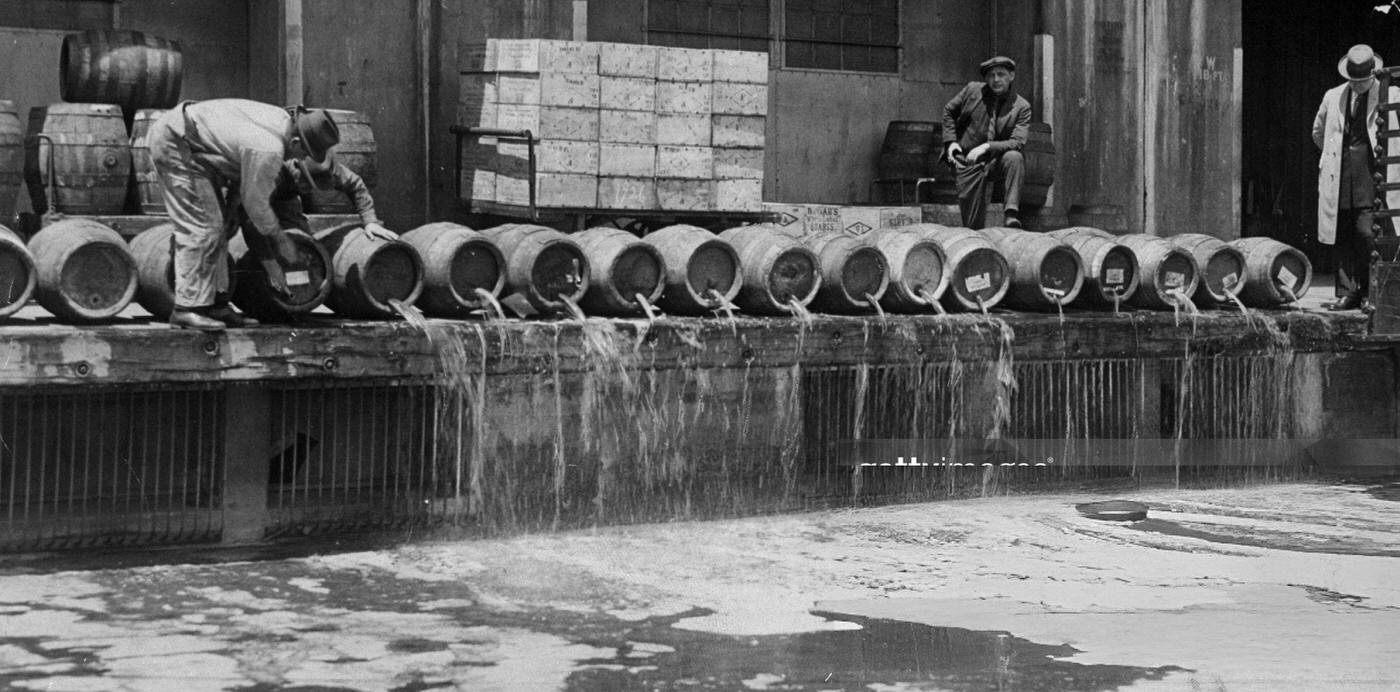
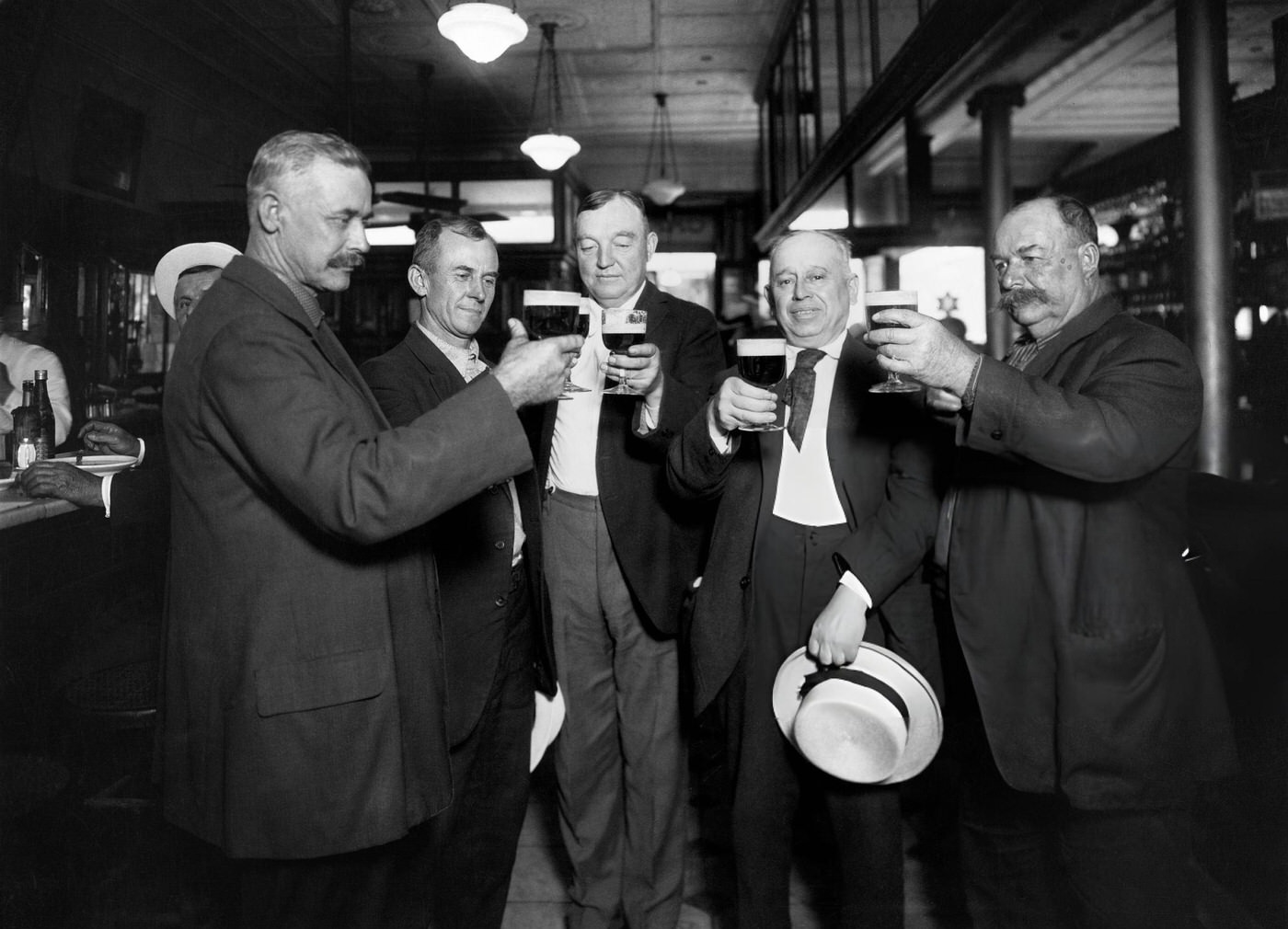
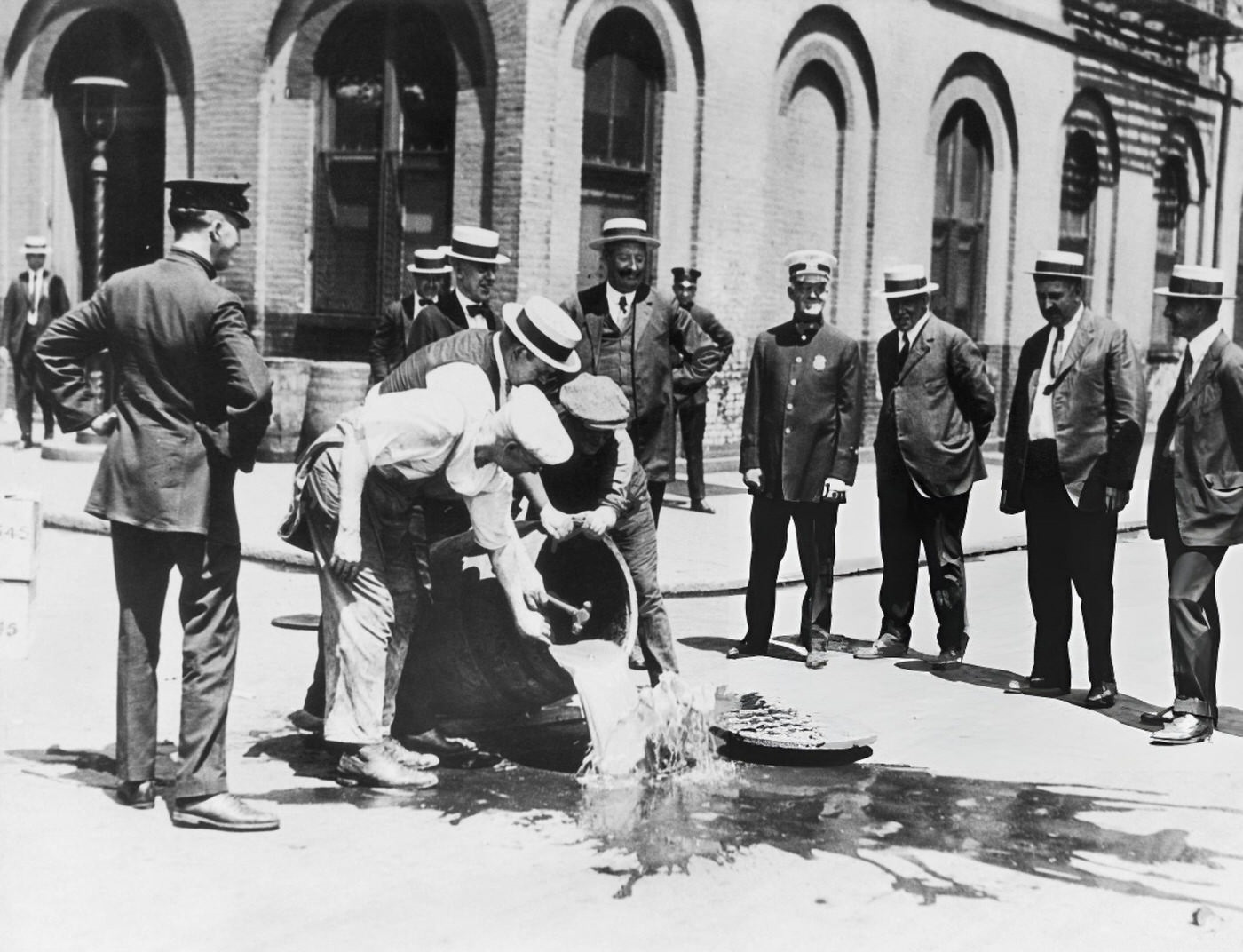
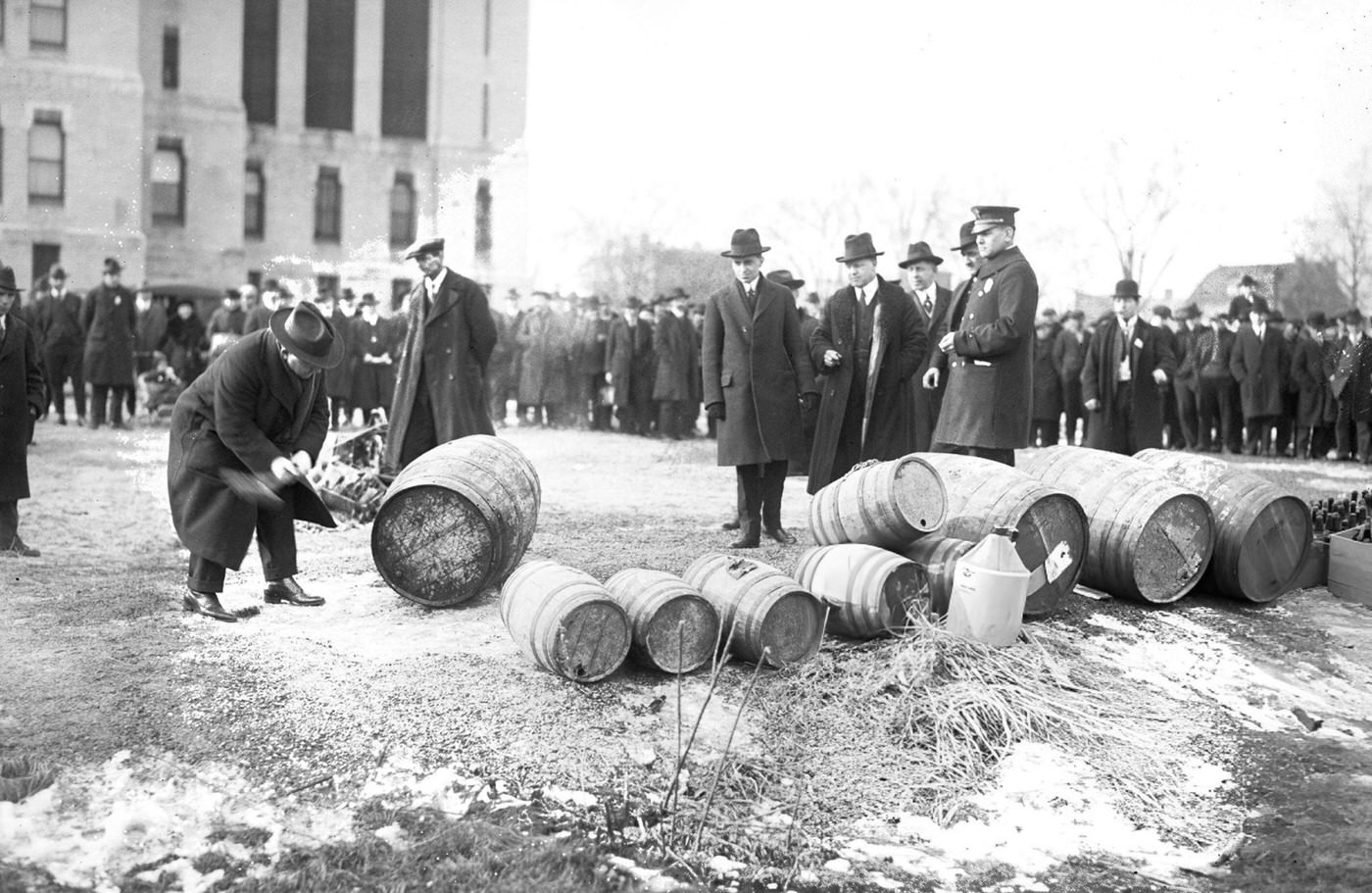
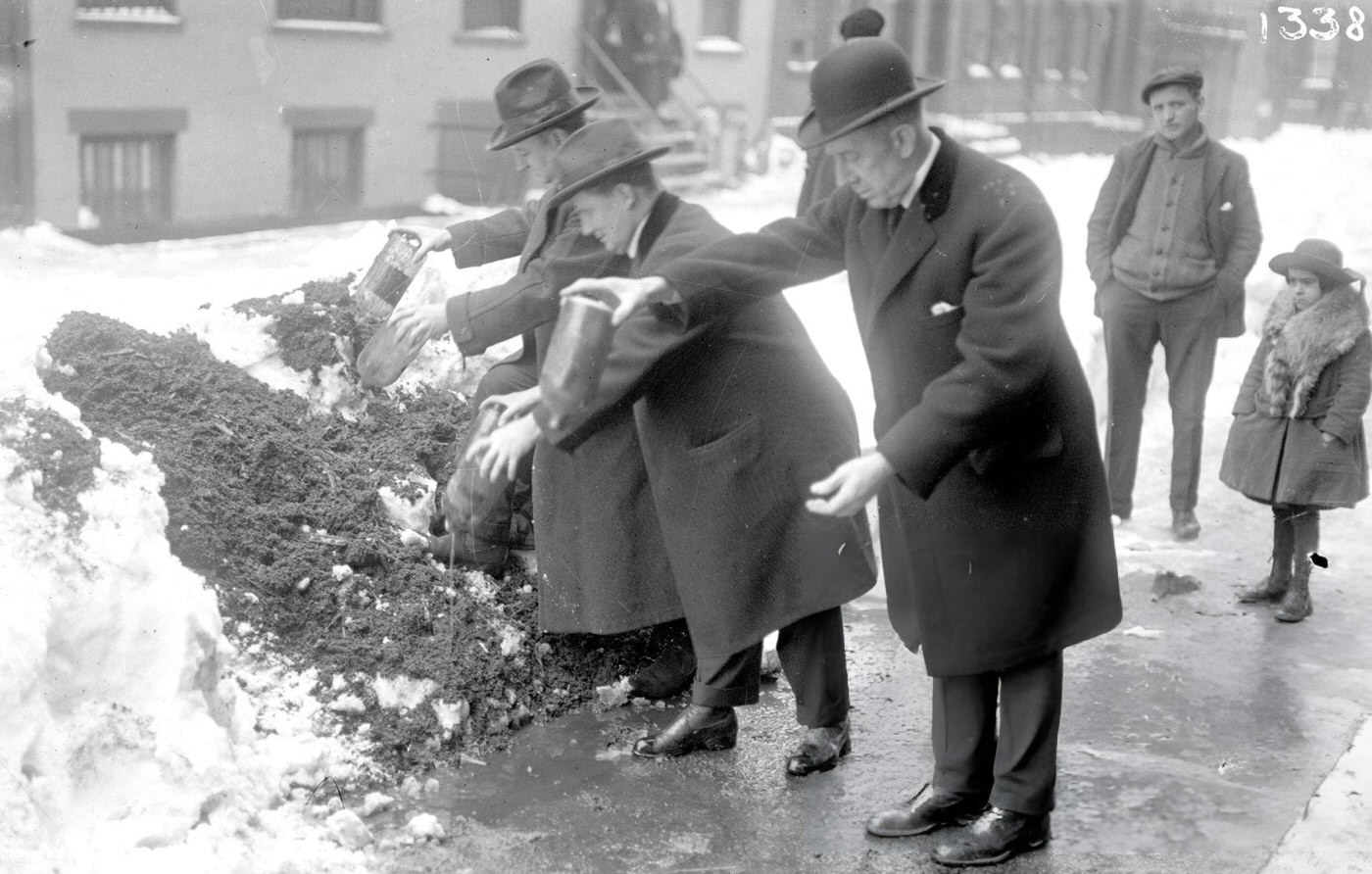
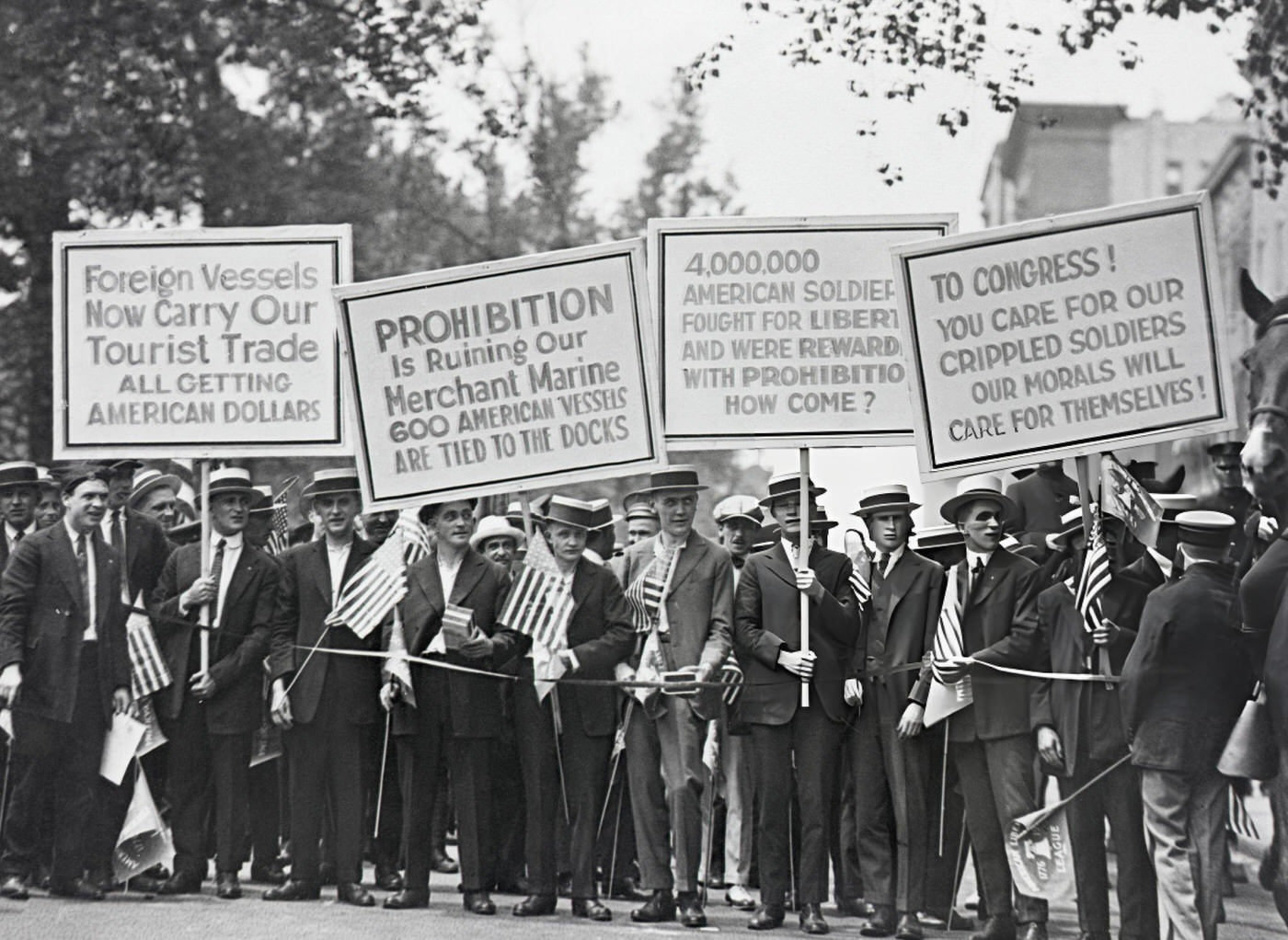
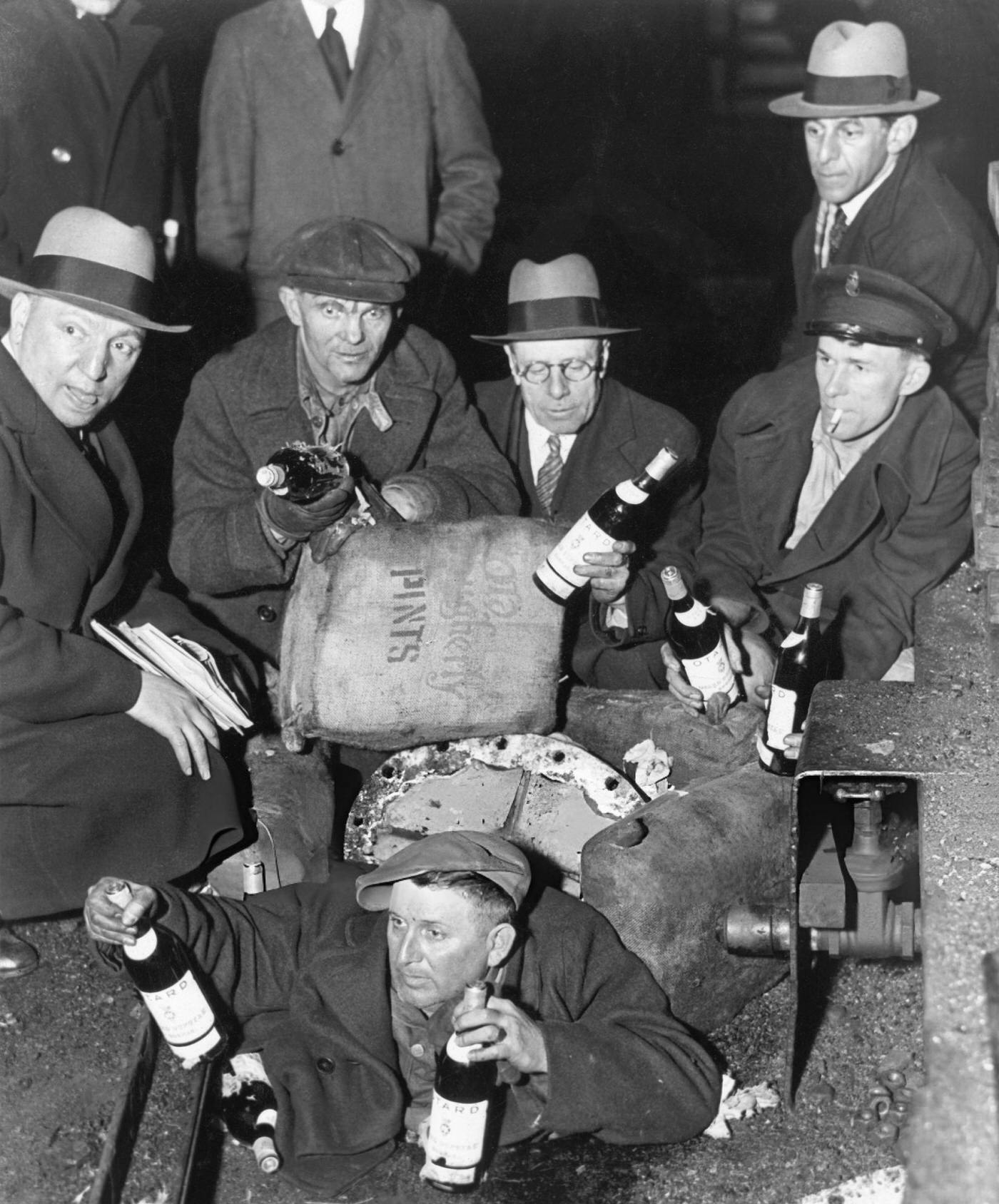
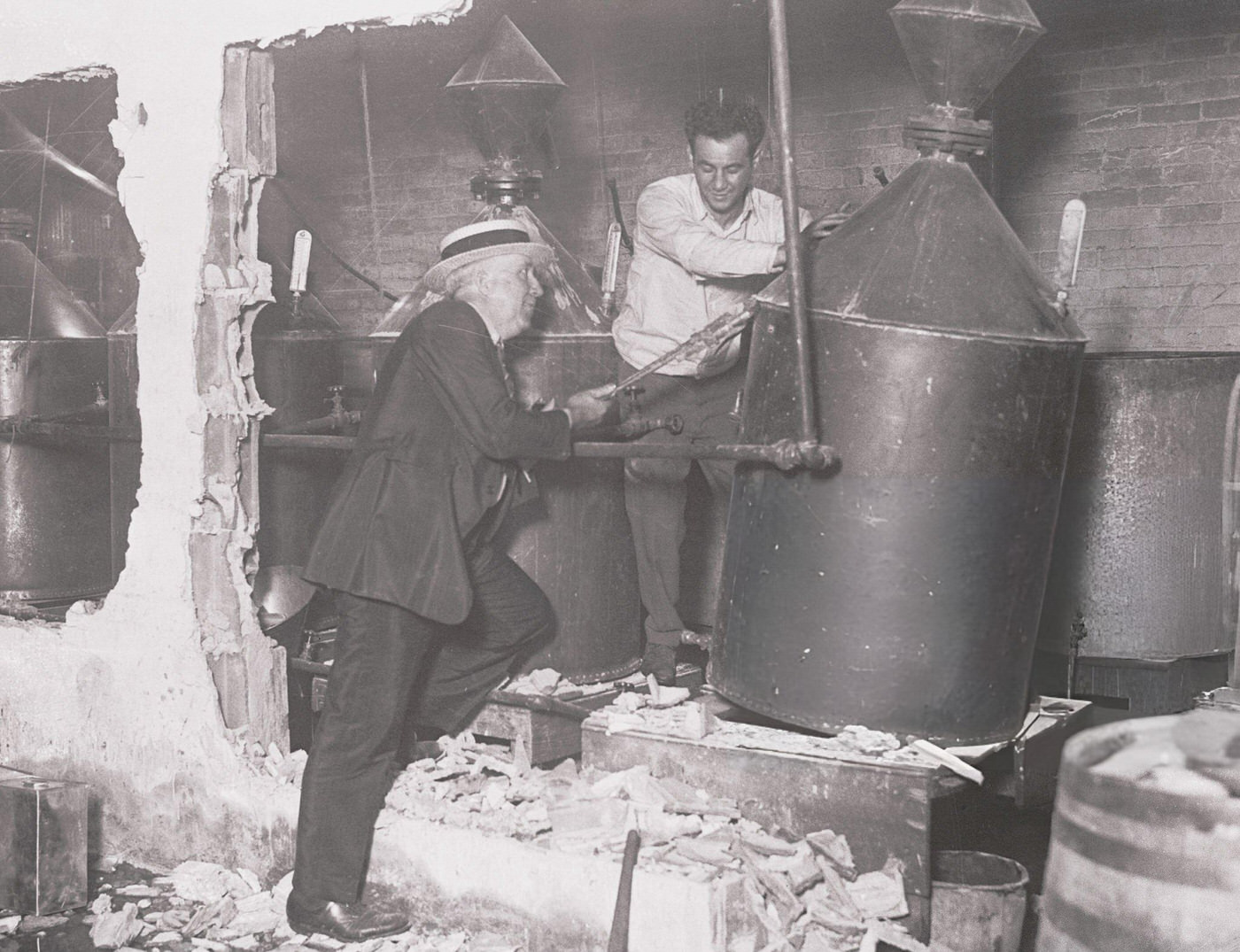
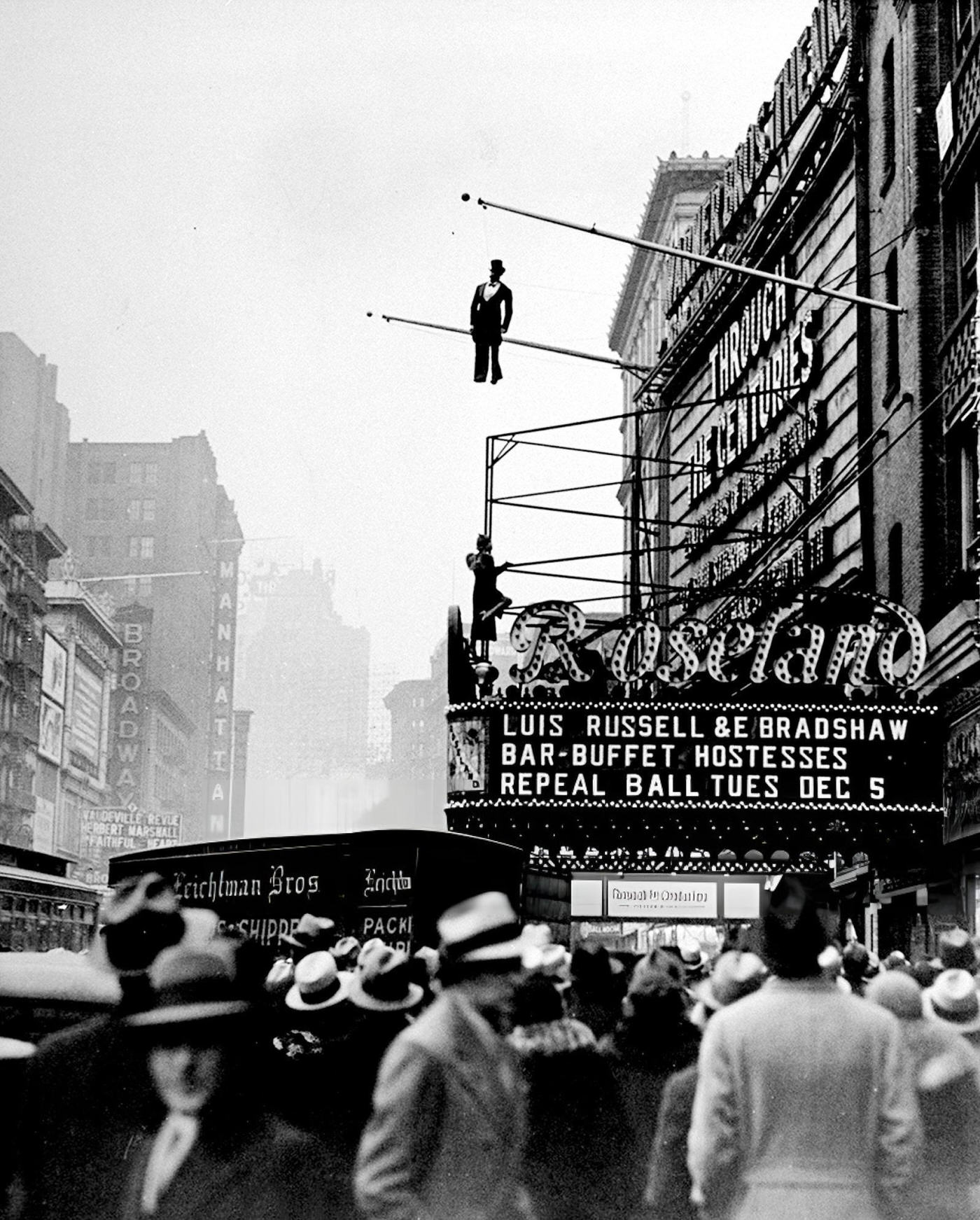

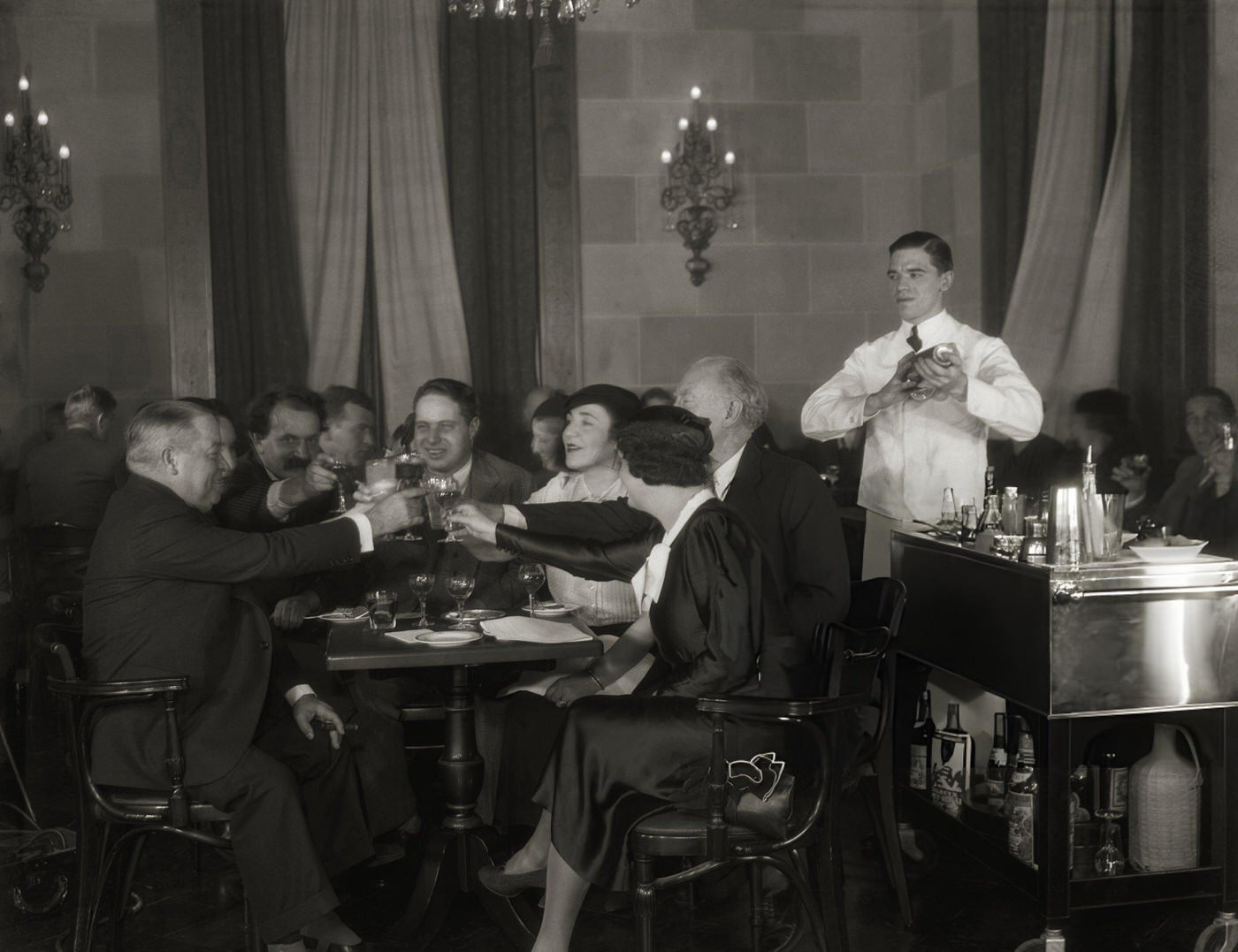
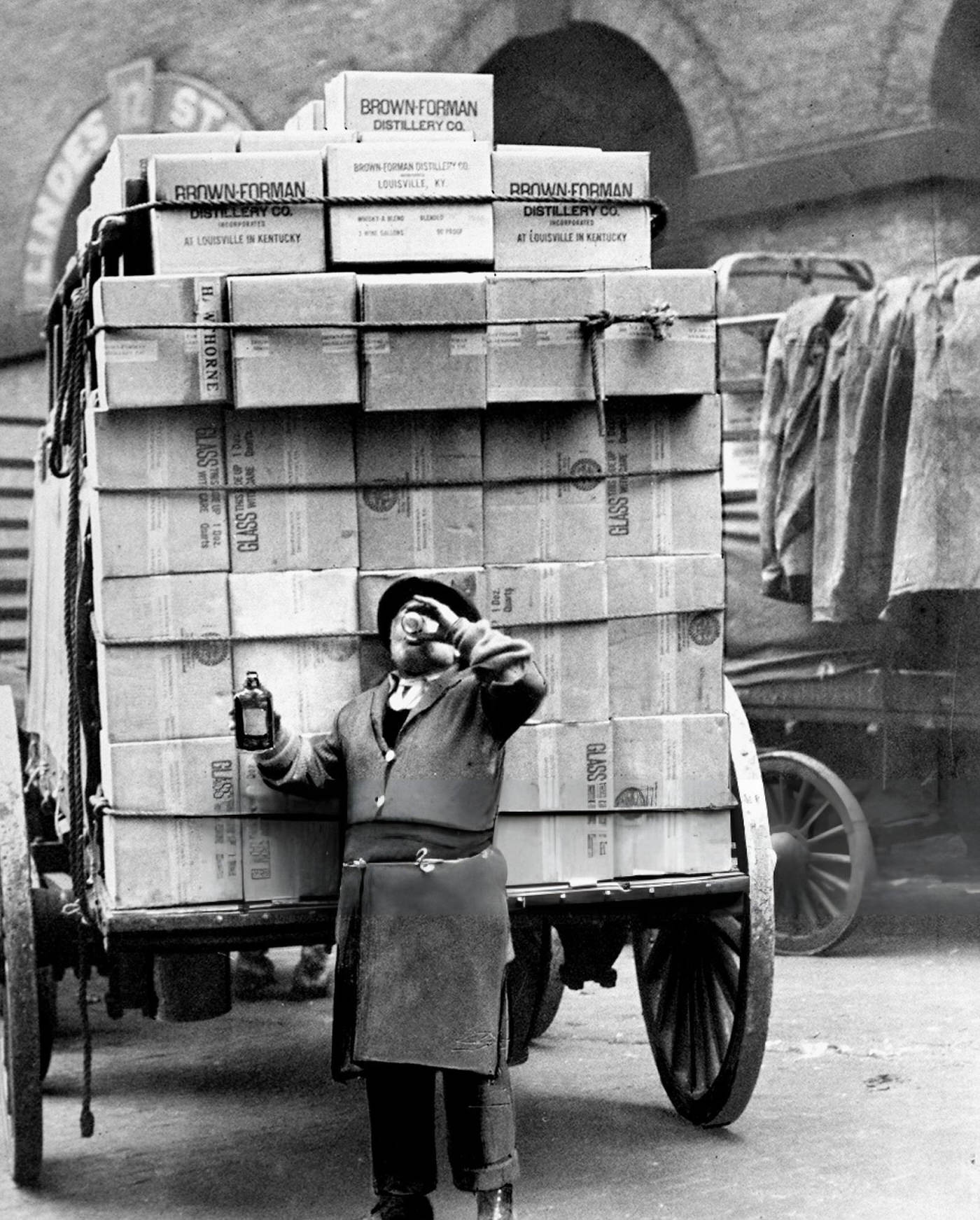
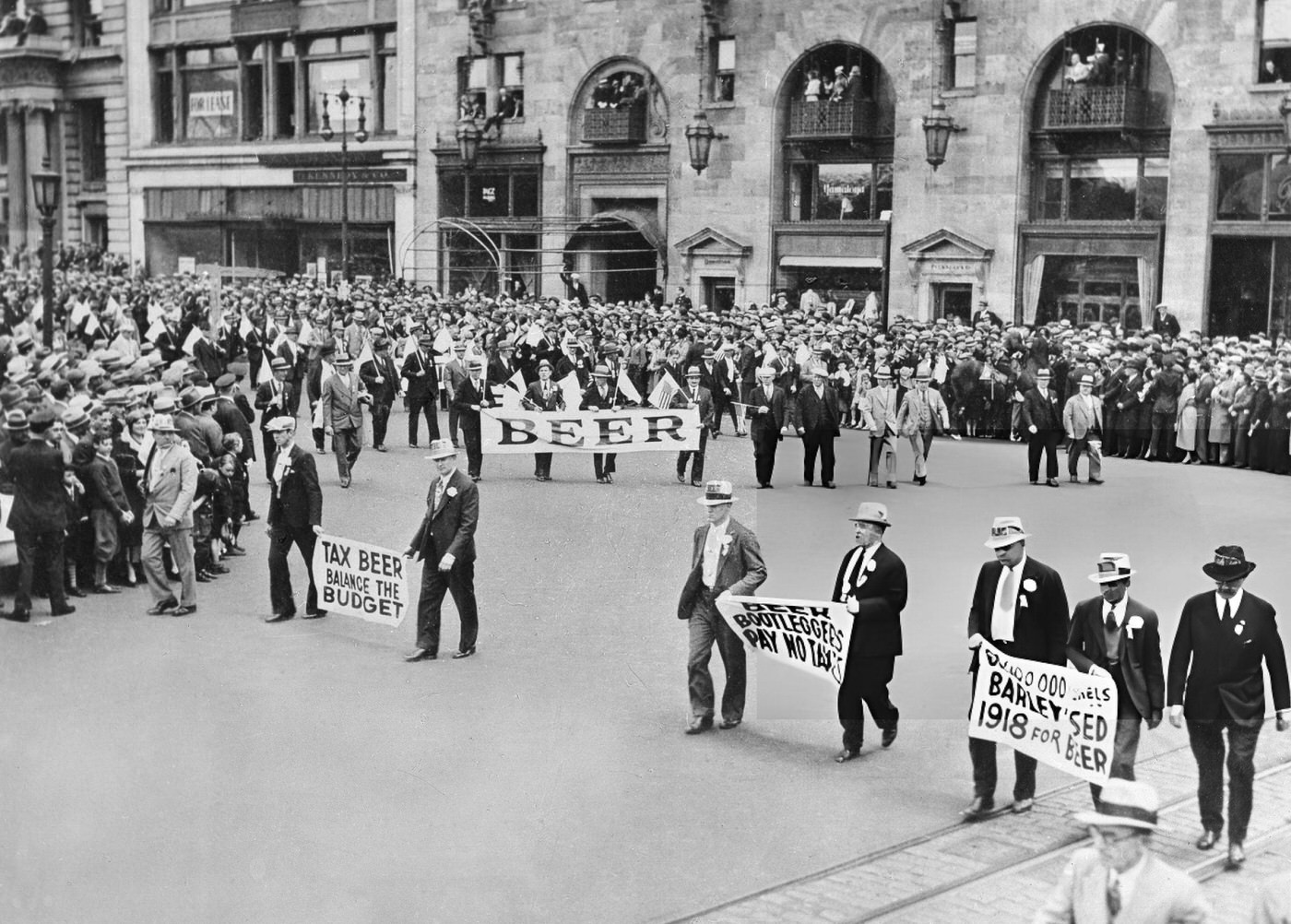

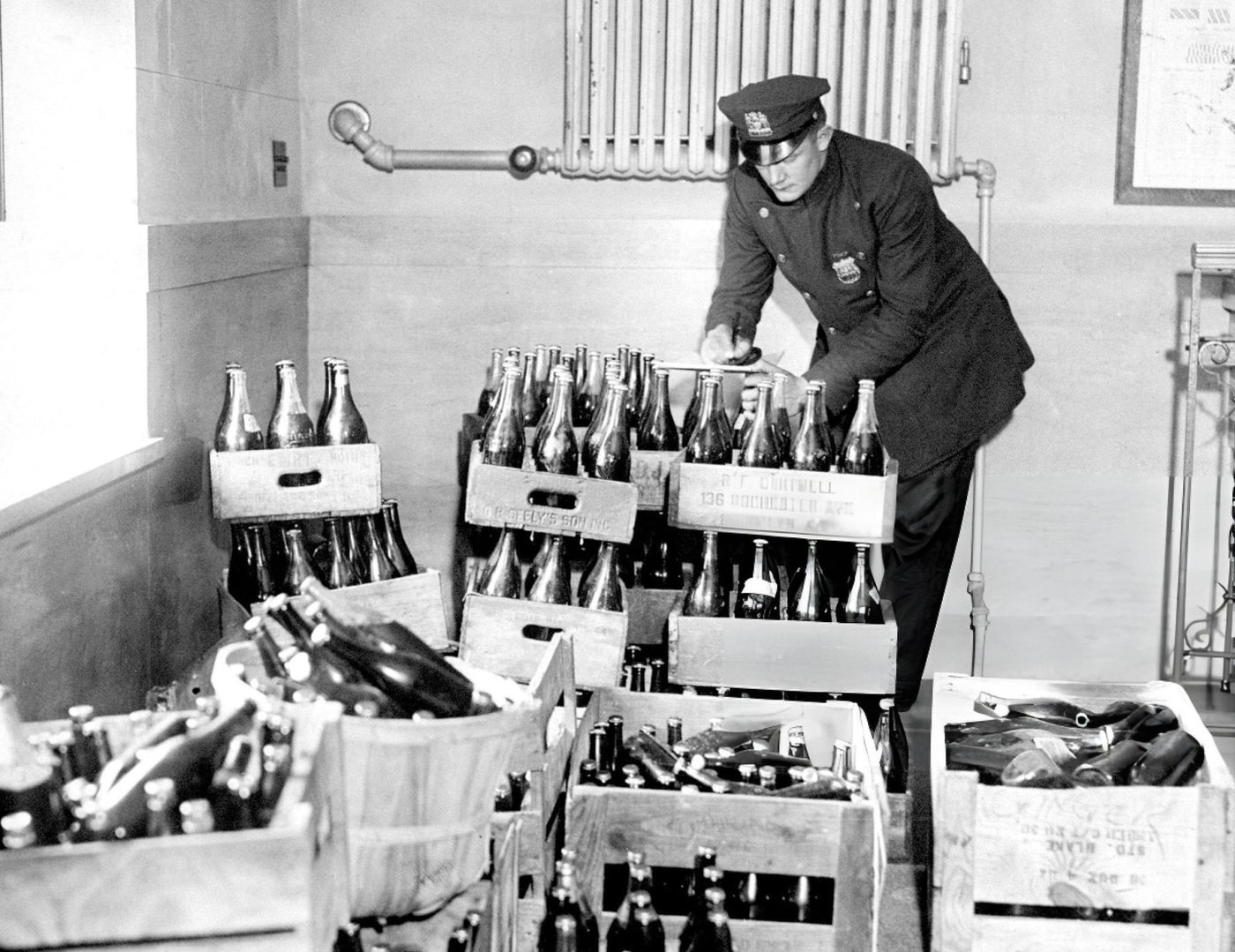

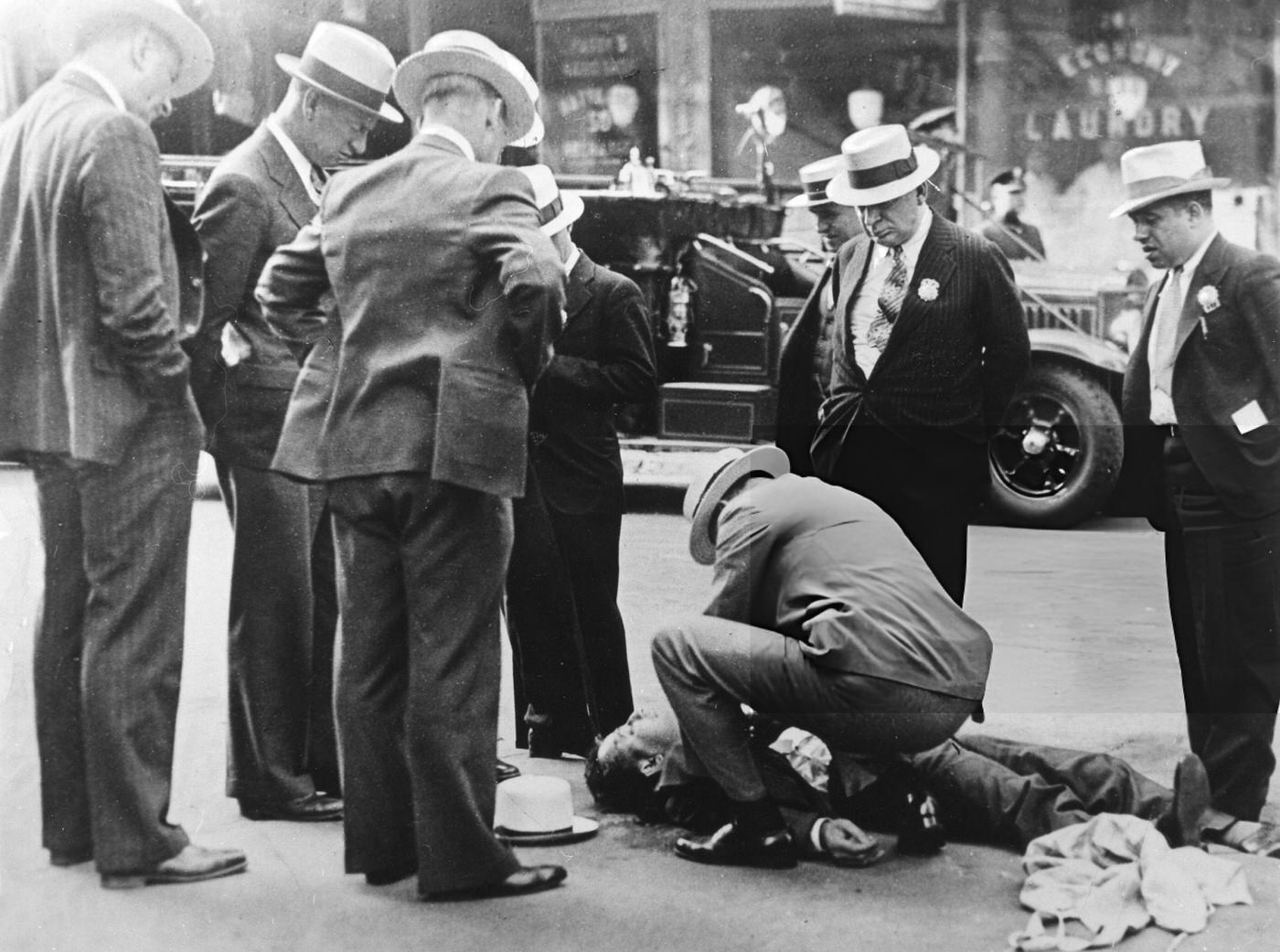


GIPHY App Key not set. Please check settings